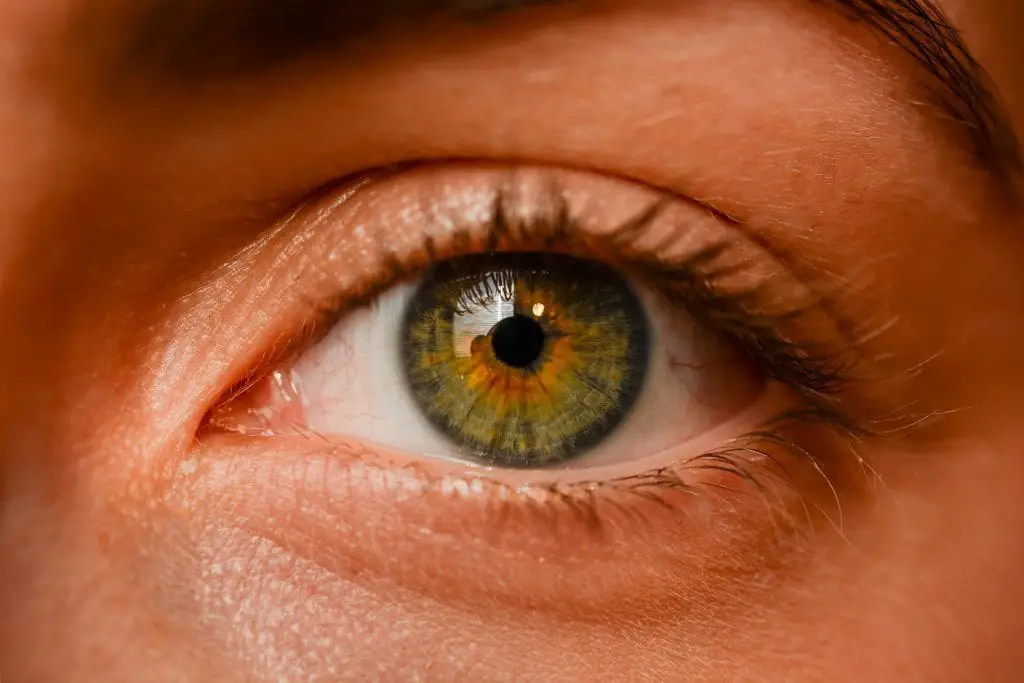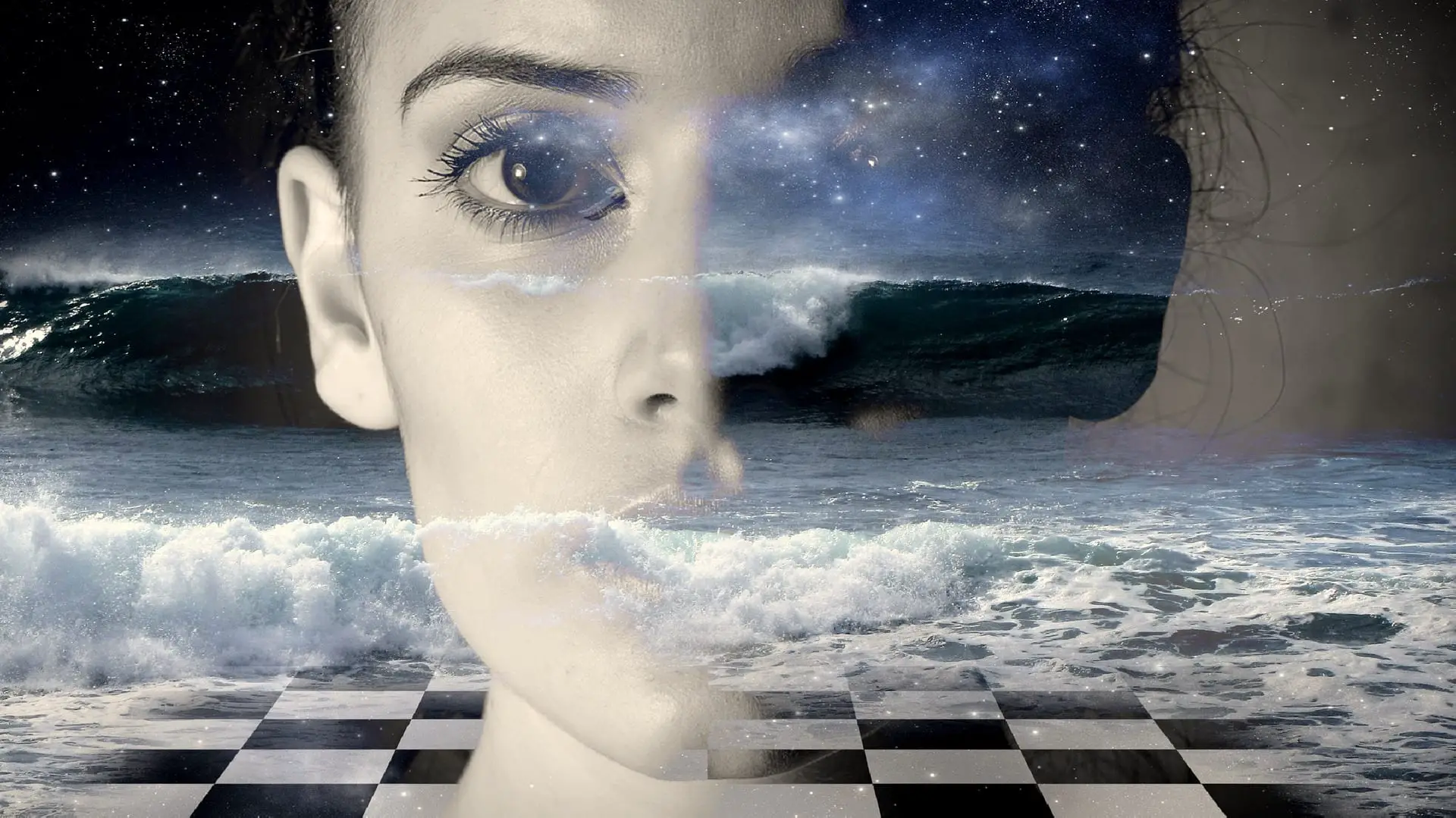In our recent past, the photo of a dress uploaded to Tumblr managed to sharply polarize netizens on the Internet into two distinct camps. The individuals who belonged to the first camp expressed that they perceived the dress to be black and blue in color. The other group was convinced that the same dress was actually white and gold hued. It was a unique occurrence in how two sections of the population saw the same dress as differently colored. Of course, later, experts posed the causation that it was an optical illusion closely related to the manner in which our eyes and brain have become accustomed to working. However, at the time, science had no reasoning to explain why individuals were seeing the dress differently and “the dress” became quite the unsolved mystery. Even vision scientists were puzzled by this duality in perception with regard to the color of the dress.
How our vision works and why it was responsible for all the confusion?
Our eyes contain a layer of tissue called the retina, which enables our vision. The retina contains cells called photoreceptors. Our eye’s photoreceptors receive light rays from the sun and convert this into nerve signals. The nerve signals so received are processed, in turn, by the nerve cells in our inner retina, which is then passed over to our brain to be translated as messages.
Our photoreceptor cells are of two specific types – rods and cones. Our rods are responsible for providing us with peripheral and night vision. They detect shades of gray and brightness. The cones in our retina provide us with day vision and color perception.
Generally, we humans tend to have a lower concentration of rods than we do of cones. Our high cone receptor concentration makes it easier for us to see in the light and detect color differences than cats, for instance. Cats and other animals with nocturnal tendencies are blessed with a higher rod receptor concentration in their retinas, which is why, while their night vision might be better than us humans, they are mostly colorblind.
We have three kinds of cones that are individually tuned to register red, blue and green wavelengths of light. Once the light is registered by our eyes, our light receptors convert these colors into electric signals, which are sent across to our brains. Our brain is responsible for the colors that we eventually see, as it takes all of these signals received by the different receptors and blends them together to form the final image we perceive.
The truth about the dress
If you are fond of pretty blue things, then you will be happy to know that the dress was, in fact, black and blue. The reason so many of us managed to see the dress as white and gold is due to the light conditions in the photo – the light contained a bluish tint. Any difference in perception related to the dress occurred because of how our brains deal with the information of the quantity of light entering our retina.
Some of us thought that the photo contained a white and gold dress because we believed that the photo was poorly lit. Others decided that the dress displayed to them was adequately lit in the photo, and this lot considered the dress to be blue and black. Those of us who thought that the dress was not blue and black happened to mistakenly perceive the blue part of the dress as white and the black part to be gold due to erroneous light perception.
So, the culprit behind our differential perceptions of the color of the dress was the blue light. In our attempt to do away with the chromatic bias of the daylight axis, we either tried to eliminate the blue in our color perception and saw the dress as gold-white or did the same for the gold and perceived the dress to be blue-black.

Night owls probably saw it right!
Pretty blue things can often be mistaken for beautifully golden and white hued, then? Not likely. The iconic dress was a rare moment in history when the entire Internet population found themselves divided on color perception.
As already discussed, individuals who spend most of their waking time at night were probably more attuned to the subtle light difference in the photo. It is possible that most night-owls saw the dress to be the color it actually was! If you saw the dress as white-gold, you probably are more in the habit of spending your daylight hours awake than staying up late into the night.
Never before had pretty blue things such as this black and blue dress baffled the global population so deeply until the Tumblr dress! Now that this mystery is solved, hopefully vision science will progress greater to solve these unforeseen and unpredictable lapses in its knowledge. The black-blue or gold-white dress debate can finally rest in peace and netizens can go back to debating the next non-triviality!




